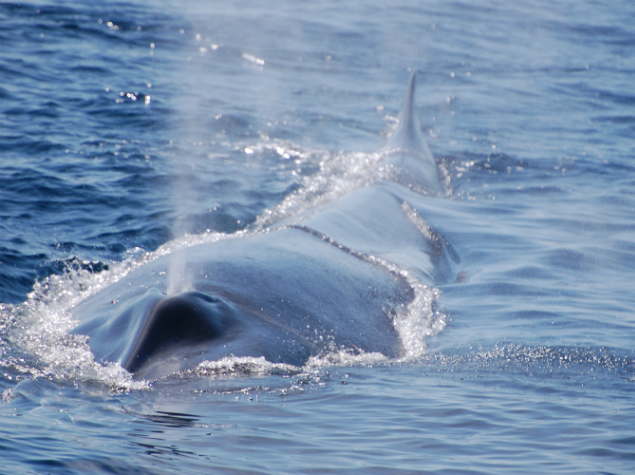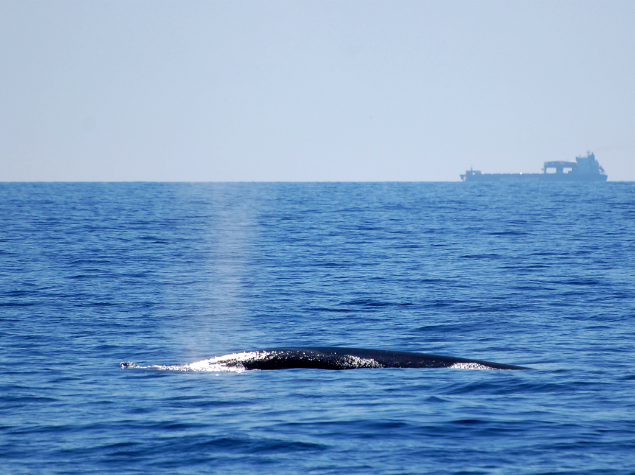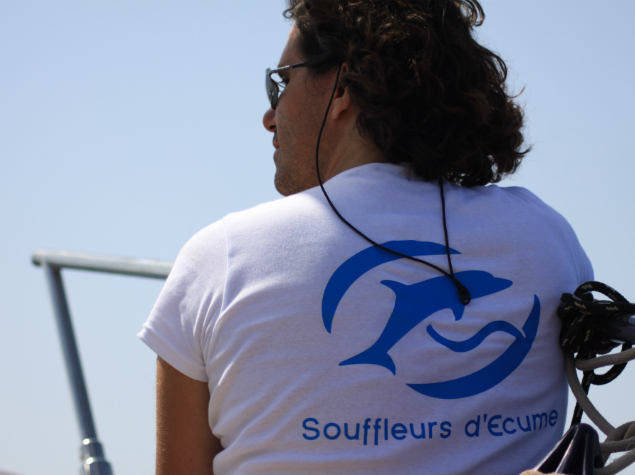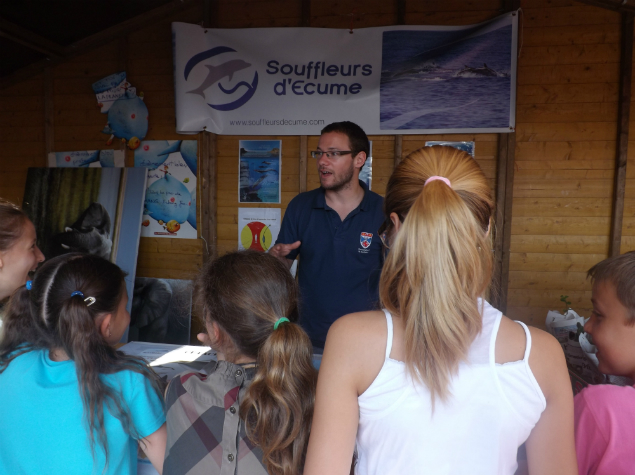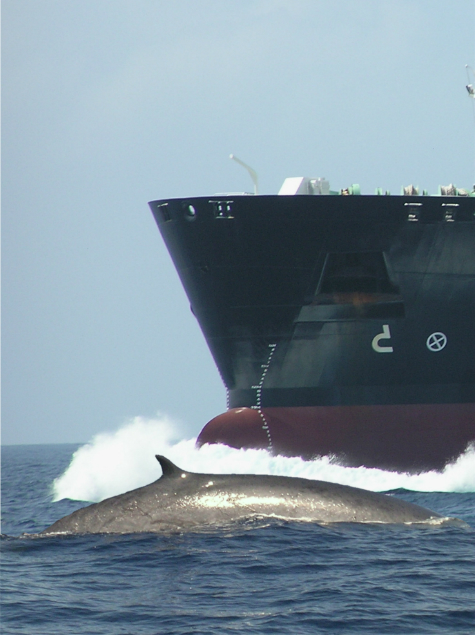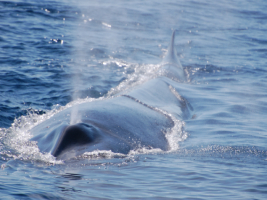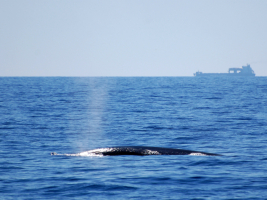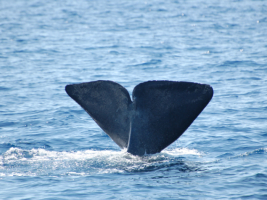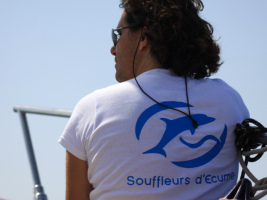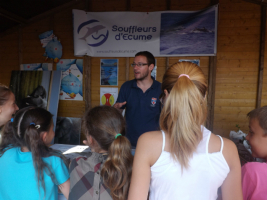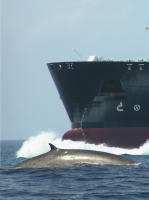Reducing the number of collisions between ships and large cetaceans through use of the REPCET system in the north-western Mediterranean
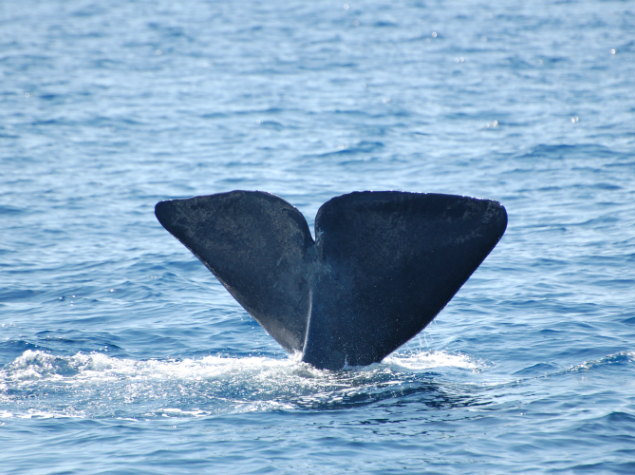
Climate change is raising serious concerns for the conservation of the fin whale, which feeds exclusively on a species of northern krill, found on the edge of its Mediterranean range. The sperm whale, for its part, is being seriously affected by acoustic disturbances, declining fish stocks and accidental entanglement in fishing nets. While both species are also affected by chemical pollution, which weakens their immune system, and by disturbances caused by whale-watching activities, the main threat comes from collisions with large vessels.
As far as collisions are concerned, the following figures from the scientific literature are instructive:
- 16% of known fin whale deaths in the north-western Mediterranean were attributable to collisions.
- The reported average of 1.5 cases of collision annually has been greatly under-estimated. In reality, according to research by a Franco-Italian team published in the scientific journal Marine Pollution Bulletin, between 8.4 and 40 fin whales are killed each year by ship strikes, increasing natural mortality rates by a factor of +4 to +19%.
- A study conducted on the Greek coast found that 70% of stranded sperm whales were killed by collisions with ships.
To limit the risk of such accidents, a real-time information sharing program reporting whale positions has been developed in the framework of Pelagos Sanctuary activities. Ten ships are currently equipped with the system, but at least 30 are needed in the north-western Mediterranean to make this collaborative network effective. To move towards this objective, Italian shipowners will be cooperating with French counterparts already equipped with the system.
The aim of this project is to limit the risks of collision between ships and large cetaceans in the Pelagos Sanctuary so as to improve the conservation status of Mediterranean fin whales and sperm whales.
To this end, a number of specific objectives must be achieved:
- Conduct a pilot program in the Pelagos Sanctuary that can be extended to other parts of the world to reduce the number of ship/cetacean strikes.
- Bring maritime stakeholders together around a project to conserve a shared biological heritage.
- Improve our knowledge of large cetaceans.
The local population is involved in the issue indirectly, through their choice of shipping company and the companies’ environmental protection policies. For this reason, a communication campaign is also planned. For the shipping companies to cooperate on joint initiatives, public opinion must be sensitive to and aware of their efforts. Media coverage of the project is thus a vital element, greatly facilitated by the emotional appeal of whales.
Final Report Summary
The project was largely successful in achieving its main goals and objectives:
- Numerous scientific reports have been published on the collision risks and on the necessity to develop and promote preventive tools.
- New models of risk areas and collision reporting have been integrated in the system, and presentation films have been shot and distributed to introduce the new technology.
- The Souffleurs d’Ecume team also sought to improve the REPCET system with key stakeholders in France, Italy and Spain, including French ship owners, Total, ENGIE, etc. Thanks to this, 6 new systems were installed bringing the total number of ships equipped to 15.
- Digital presence is ensured through the website but also a newsletter and a Facebook page. In total, 90 articles, TV specials, and radio episodes have been dedicated to the project over its 2 years implementation.
- Lastly, many naturalists and tourism professionals have been sensitised to the challenges faced by cetaceous in the Mediterranean and 108 students from the Ecole Nationale Supérieure Maritime have taken part in courses on “Commercial Navigation and Cetaceous.”

